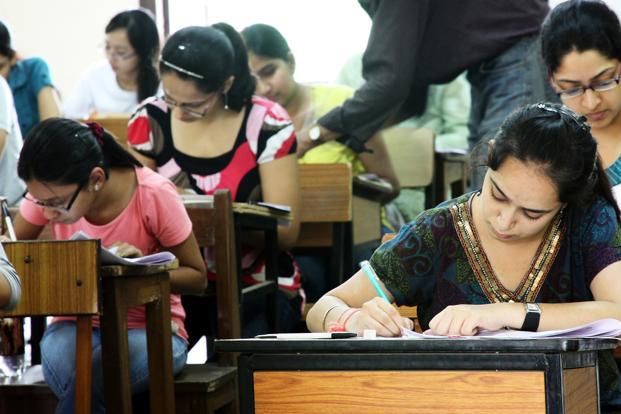
The Indian Institute of Technology, Delhi. While a majority of IIT graduates were looking to study abroad a decade back, this proportion has now come down to less than 20%, says IIT-Ropar director SK Das. Photo: Ramesh Pathania/Mint
New Delhi: The number of Indian students going abroad for higher studies in the last fiscal may have fallen for the first time in at least four years, education-spending data indicates. Experts say tighter visa rules and greater availability of quality options in India may have helped stem the flow.
The drop marks a reversal of the trend of Indians spending more and more on education overseas. Education-related overseas expenditure dropped 20% to $1.98 billion in 2015-16 from $2.47 billion in the previous year, according to Reserve Bank of India data. The expenditure was $1.93 billion in 2013-14 and $1.63 billion in the year before, the data shows.
The data indicates that student flow also dropped in 2015 -16, said a government official, requesting anonymity. However, the actual number of students who went abroad is not available yet, the official said.
“RBI data indicates largely two things: more quality higher educational institutions such as IITs, IIMs and universities in India has helped restrict the student flow abroad, and two, the tough immigration rules in countries like the UK has restricted the brain drain,” the official said.
In the past eight years, India has established 15 new IITs and a dozen new IIMs. Besides, new Indian Institutes of Science Education and Research, National Institutes of Technology, central universities and a few high quality private universities have also been established. The impact of the new institutions will be visible in a couple of years, government officials say.
RBI numbers definitely come as a surprise, said Vineet Gupta, pro-vice chancellor of Ashoka University, a private university in Haryana established through collective philanthropy by some industrialists and high net-worth individuals. The establishment of quality institutions must have contributed in reversing the trend of students going overseas, said Gupta, adding that nearly 40% of all undergraduate students in his institution were looking to study abroad.
While a majority of IIT graduates were looking to study abroad a decade back, this proportion has now come down to less than 20%, said S.K. Das, director of IIT-Ropar. The availability of better education and more professional opportunities within India have contributed to this, he added.
Traditionally, the US and the UK were the two most popular destinations for Indian students. While student flow to the UK has dropped, Gupta does not expect the same to happen for the US.
The UK market has certainly declined significantly over the last few years, said Suneet Singh Kochar, chief executive of Fateh Education, a firm that helps students get admission in British institutes.
The number of study visas issued (excluding student visitors) to Indian nationals fell from a peak of 68,238 in the 12 months ended June 2010 to only 11,864 in June 2015, according to UK government data. This number has fallen further in 2016 to less than 10,000 because of visa restrictions for students, Kochar said.
Though the flow to the UK has taken a hit, students going abroad for study may be heading for other destinations, Kochar said. Students who are now going to Germany or New Zealand are paying less than what a top UK university charges, thereby saving the country foreign exchange, Kochar added.
[“Source-Livemint”]













